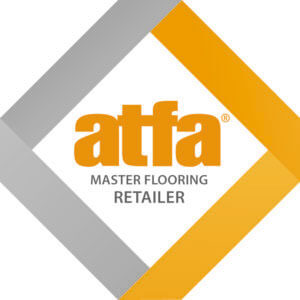FAQ
Read answers to commonly asked wooden flooring questions. Check out our FAQ section below.
First we recommend to either vacuum or sweep your floor to remove any excess dirt or dust. Then using a clean, damp, microfiber cleaning mop and an appropriate cleaning product, diluted in a spray bottle, spray the floor with the cleaning product and mop. Very simple and very easy care.
If you have a polyurethane finish on your timber floor, chances are you will require the floor to be sanded and coated. This may be a light disc and coat, but may be a full re-sand and coat. Please contact us so we can arrange a suitable time to come and view your floor and give you our recommendations.
Yes, they can – they quite often leave a small dent but does not affect the overall performance of the floor. It also depends on the type of heel and whether the owner of the offending shoe looks after their heels or not. An exposed nail will damage your floor, but a well looked after heel should not.
Have more questions? We're here to help






